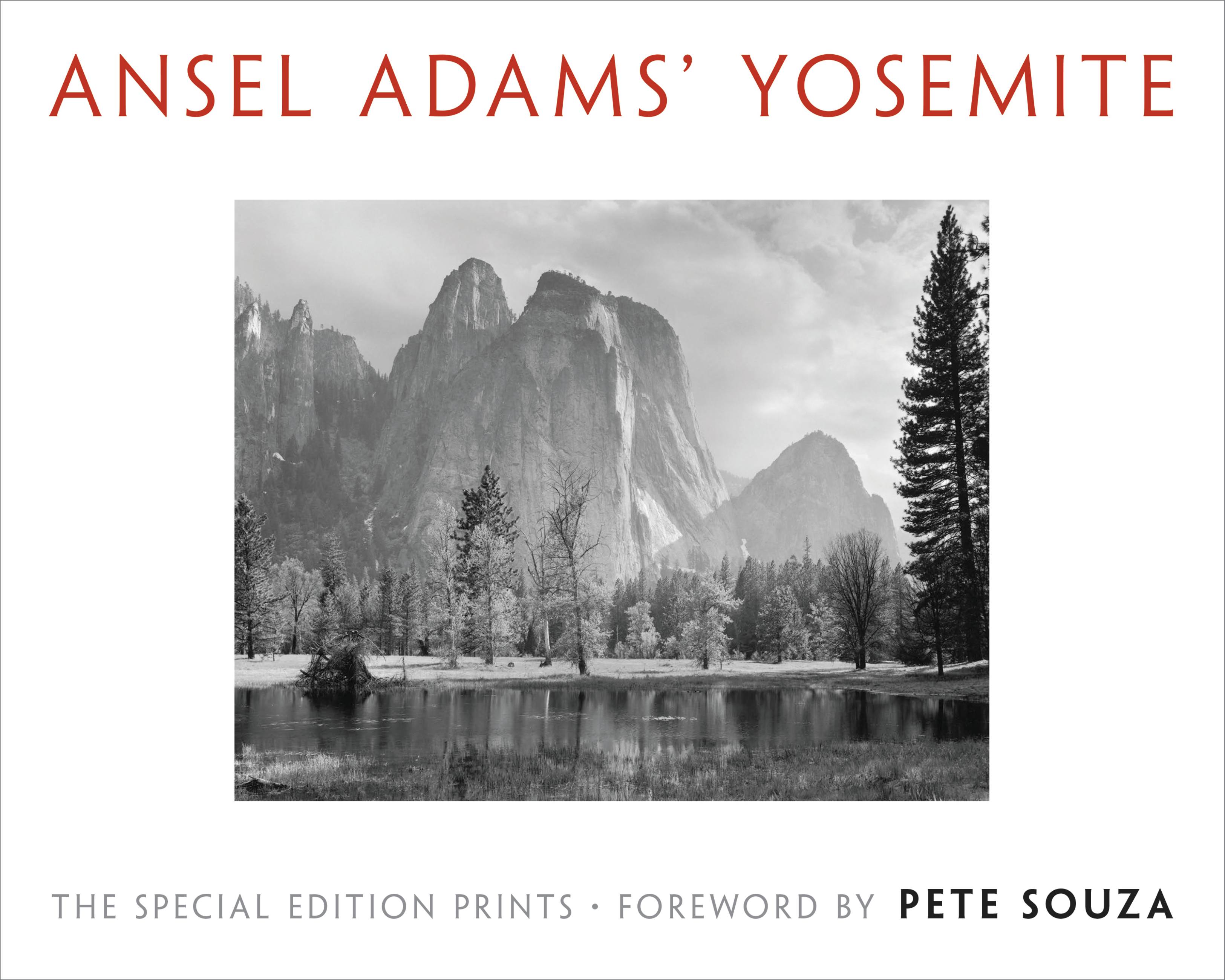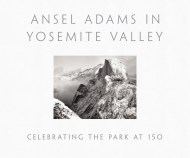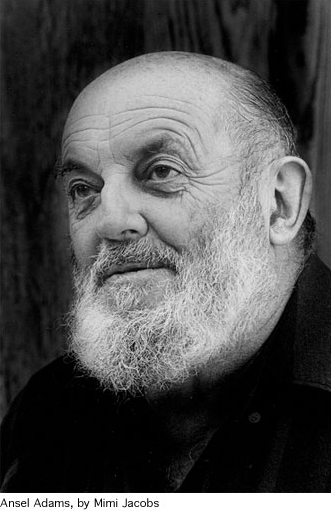Promotion
Use code MOM24 for 20% off site wide + free shipping over $45
Ansel Adams' Yosemite
The Special Edition Prints
Contributors
By Ansel Adams
Foreword by Pete Souza
Formats and Prices
Price
$29.99Price
$38.99 CADFormat
Format:
- ebook $29.99 $38.99 CAD
- Hardcover $45.00 $57.00 CAD
This item is a preorder. Your payment method will be charged immediately, and the product is expected to ship on or around October 1, 2019. This date is subject to change due to shipping delays beyond our control.
Also available from:
The photographs of Ansel Adams are among America’s finest artistic treasures, and form the basis of his tremendous legacy of environmental activism.
In the late 1950s, Adams selected eight photographs of Yosemite National Park to offer exclusively to park visitors as affordable souvenirs. He hoped that these images might inspire tourists to become activists by transmitting to them the same awe and respect for nature that Yosemite had instilled in him. Over the following decades, Adams added to this collection to create a stunning view of Yosemite in all its majesty.
These photographs, the Yosemite Special Edition Prints, form the core of this essential volume. Adams’ luminous images of Yosemite’s unique rock formations, waterfalls, meadows, trees, and nature details are among the most distinctive of his career. Today, with America’s public lands increasingly under threat, his creative vision remains as relevant and convincing as ever.
Introduced by bestselling photographer Pete Souza, with an essay by Adams’ darkroom assistant Alan Ross, Ansel Adams’ Yosemite is a powerful continuation of Adams’ artistic and environmental legacies, and a compelling statement during a precarious time for the American earth.
Genre:
- On Sale
- Oct 1, 2019
- Page Count
- 176 pages
- Publisher
- Ansel Adams
- ISBN-13
- 9780316456142
Newsletter Signup
By clicking ‘Sign Up,’ I acknowledge that I have read and agree to Hachette Book Group’s Privacy Policy and Terms of Use







